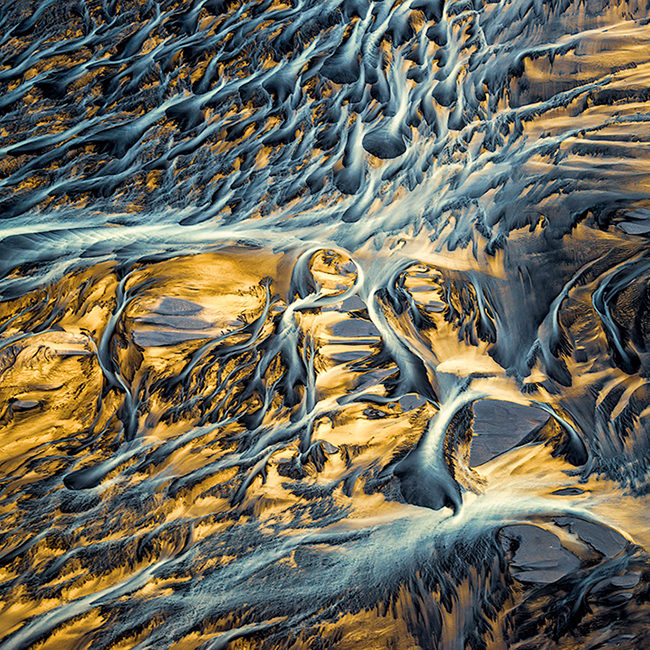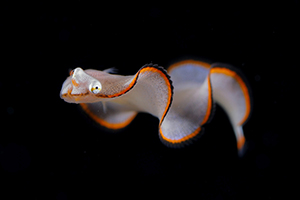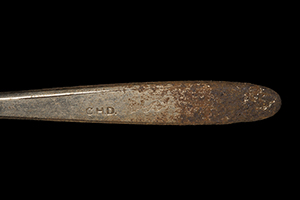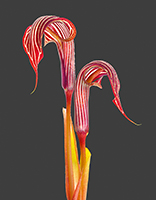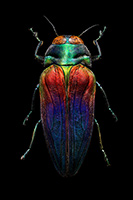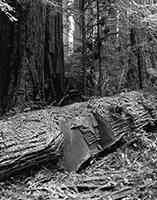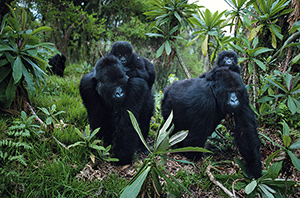The Planets: Photographs from the Archives of NASA, published tomorrow by Chronicle Books, takes a tour of our solar system through more than 200 images, made over the past 50 years by astronauts on space stations, powerful telescopes, long-range space craft and planetary rovers. The book is arranged by orbit, starting closest to the sun with the bare, pock-marked surface of Mercury, seen by the MESSENGER spacecraft. One image, made from composites, is color-mapped to show the chemical, physiological and mineralogical composition of the planet. As Nirmala Nataraj explains in the book’s extensive captions, “Mercury’s predominantly iron core generates an active magnetic field that constantly interacts with the Sun’s solar wind and contributes to the planet’s thin atmosphere.” A global mosaic map of Venus comes from a 1996 image taken by the Magellan spacecraft, with color simulations based on earlier Soviet spacecraft images. A false-color view of Mars’s Marathon Valley comes from an image made in 2015 by the Opportunity rover. Farther out in the solar system, Cassini spacecraft recorded Saturn’s Northern Storm, its eye more than a thousand miles across moving at speeds up to 330 miles per second.
The book also includes other bodies of the solar system, including Pluto, (reclassified in 2006 as a “dwarf planet”), Ceres, the largest body in the asteroid belt between Mars and Jupiter, the Sun and its flares and a handful of dramatic views of comets and asteroids. Among them is Comet 67P/Churyumov-Gerasimenko, seen in sharp black and white in images made by the European Space Agency’s Rosetta spacecraft in 2015. As Nataraj writes, “Like other comets that originated in the Kuiper Belt, Comet 67P was likely flung out of the belt and toward the Sun due to collisions or gravitational disturbances.”
The Planets provides a detailed visual tour of our cosmic neighborhood, in images that would have been unimaginable a few generations ago. As Bill Nye writes in the book’s introduction, “It was only in the last sixty years that humans could conceive, design, build, launch, and fly spacecraft above other celestial bodies. And although astronomers of 600 years ago had an excellent sense of how big our Earth is, it wasn’t until the last few decades that we could see our neighboring celestial bodies up close, as you can right here in your hands.”
